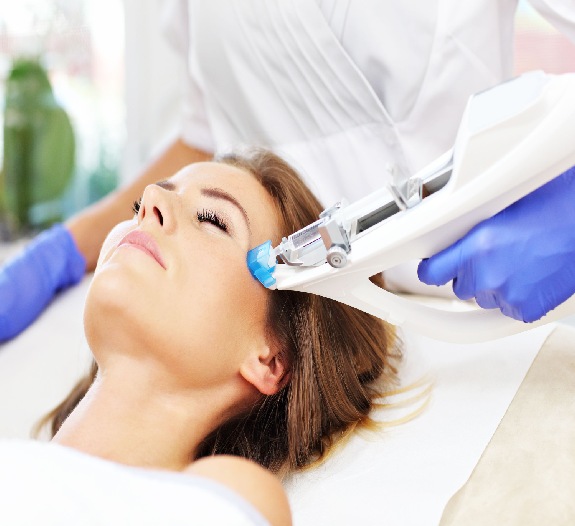
Trending Now
PRP along with microneedling is one of the trending treatments for acne scars, wrinkles, age spots, and hyperpigmentation. Microneedling essentially is the usage of a cylindrical roller device with multiple needles that prick the skin and allow new collagen production while healing. This procedure when combined with PRP has added effect. PRP after microneedling can either be injected or topically applied. When it is topically applied it is called the vampire facial. Studies show it is highly beneficial especially to treat acne scars. It is better avoided in patients who have scarring tendency and active facial disorders like acne, dermatitis or rosacea.
 Whatsapp
Whatsapp Facebook
Facebook Twitter
Twitter Instagram
Instagram Linkedin
Linkedin Pinterest
Pinterest